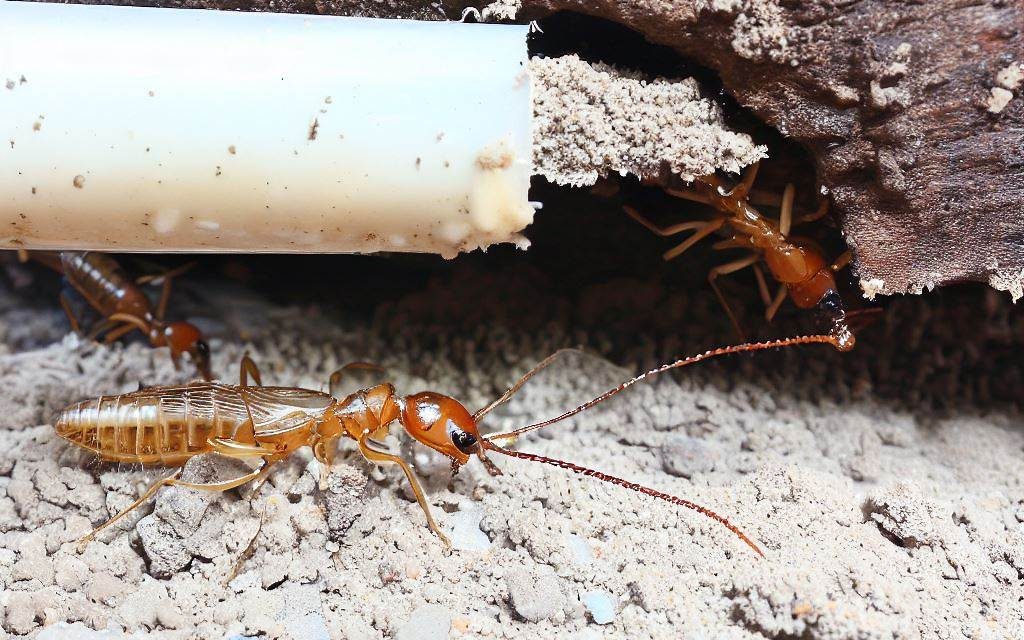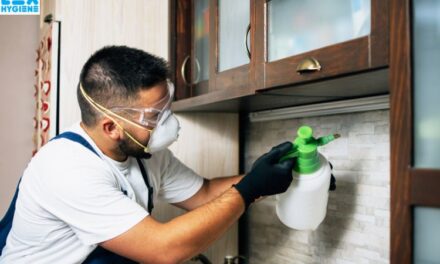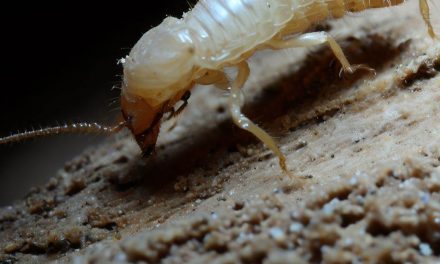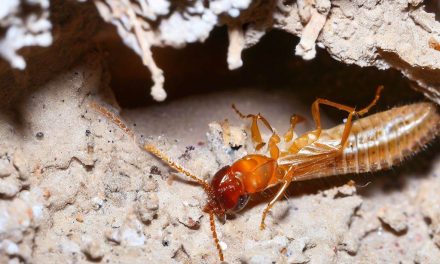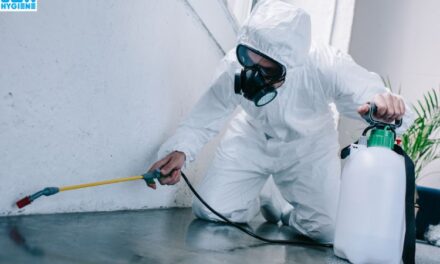Preventing Termite Infestations Termite infestations can cause significant damage to homes, leading to costly repairs and frustration for homeowners. The best approach to dealing with termites is prevention. By adopting proactive measures, you can greatly reduce the risk of a termite infestation. Here’s a comprehensive guide to help you prevent termites from invading your home.
1. Maintain Proper Ventilation and Drainage Preventing Termite Infestations: Protect Your Home
Termites thrive in damp environments. Ensure proper ventilation and drainage around your home. Fix any leaks promptly, redirect downspouts away from the foundation, and keep gutters clear of debris to prevent water accumulation near your home.
2. Address Moisture Issues
Moisture attracts termites. Repair any leaky pipes, faucets, or roofs. Make sure your home’s exterior is well-sealed to prevent moisture from entering. Use dehumidifiers in damp areas like basements and crawl spaces.
3. Store Firewood and Debris Away
Keep firewood, lumber, and debris away from your home’s foundation. Termites can easily infest these materials and then move on to your home. Store firewood at least 20 feet away and ensure it’s raised off the ground.
4. Maintain Landscaping
Trim plants, shrubs, and trees to create a gap between them and your home. This prevents direct contact between wood and soil, which termites use as a bridge to access your home. Additionally, avoid using wood mulch close to your foundation.
5. Regularly Inspect Wooden Structures
Frequently inspect wooden structures around your home, including decks, fences, and wooden supports. Look for signs of termite damage such as hollowed wood, mud tubes, or discarded wings. Promptly address any issues you discover.
6. Use Termite-Resistant Materials
Consider using termite-resistant materials when building or renovating. Options include treated wood, concrete, steel, and other materials that termites find less appealing. If possible, avoid direct wood-to-soil contact during construction.
7. Seal Entry Points
Seal cracks, crevices, and gaps in your home’s foundation, walls, and roof. Termites can exploit even tiny openings to gain access. Proper sealing denies them entry and creates an additional barrier.
8. Install Physical Barriers
Physical barriers like stainless steel mesh or sand barriers can be installed during construction to prevent termites from entering your home. These barriers block termite tunnels and force them to be visible on the surface, making detection easier.
9. Schedule Regular Professional Inspections
Enlist the services of a reputable pest control company to conduct regular termite inspections. Professional inspectors can identify early signs of termite activity and recommend appropriate treatments if necessary.
10. Implement Termite Treatments
Consider applying termite treatments to create a protective barrier around your home. These treatments can include liquid soil treatments, baiting systems, or wood treatments. Consult with pest control professionals to determine the best approach for your property.
11. Educate Yourself
Knowledge is your best defense. Learn about termite behavior, signs of infestation, and prevention techniques. The more you understand about termites, the better equipped you’ll be to keep them at bay.
By incorporating these preventive measures into your home maintenance routine, you can significantly reduce the risk of a termite infestation. Remember that termite prevention is an ongoing effort, and being proactive can save you from the headaches and costs associated with termite damage.
Disclaimer: This guide is for informational purposes only and does not substitute professional advice. If you suspect a termite infestation, consult with a qualified pest control expert.

